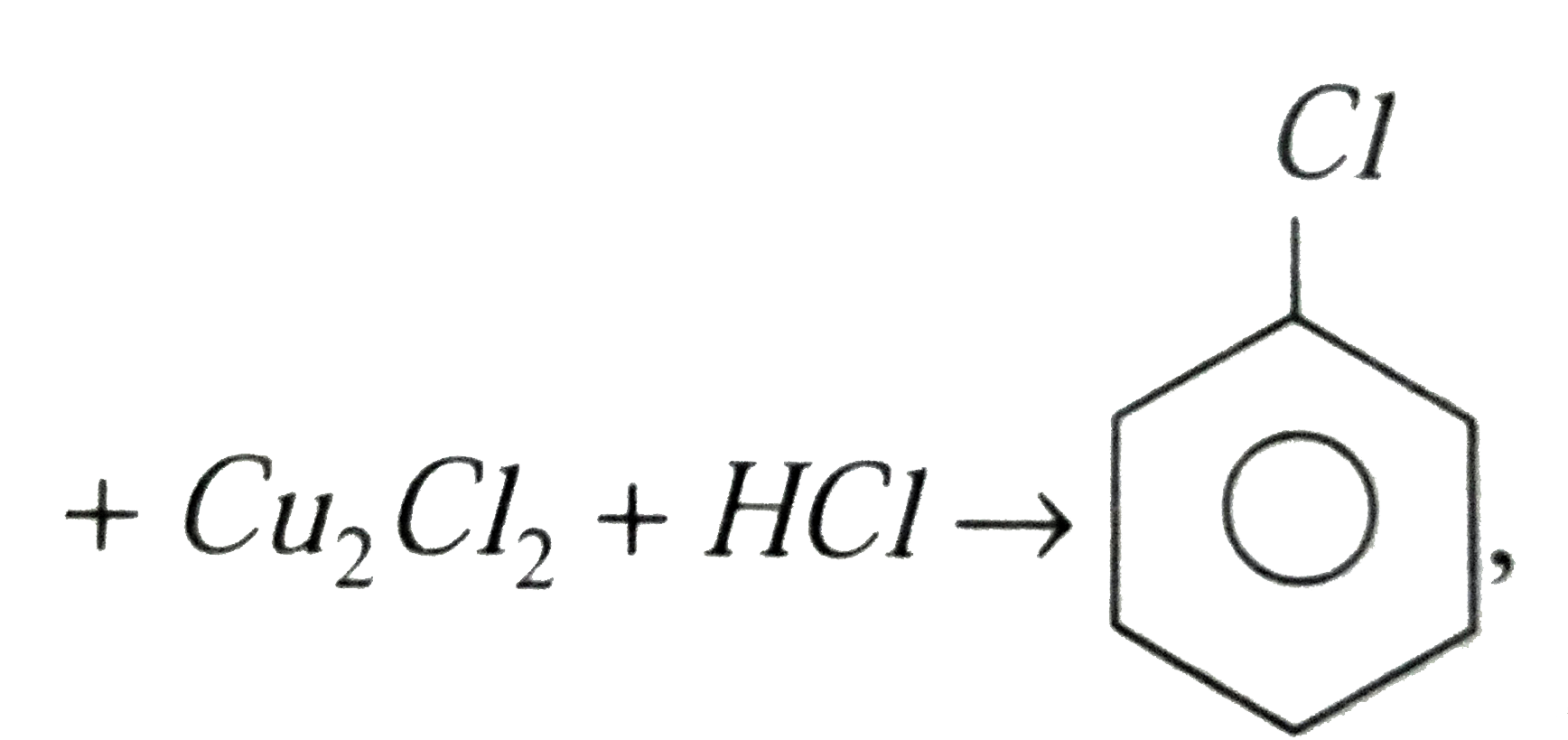An alkali salt of palmitic acid is known as:
alakloid
an ester
a soap
an epoxide
The correct Answer is:C
Step by step video, text & image solution for An alkali salt of palmitic acid is known as: by Chemistry experts to help you in doubts & scoring excellent marks in Class 12 exams.
Updated on:21/07/2023Topper's Solved these Questions
- CARBOXYLIC ACIDS AND THEIR DERIVATIVESBOOK - OP TANDONCHAPTER - CARBOXYLIC ACIDS AND THEIR DERIVATIVESEXERCISE - Integer
4 Videos
- CARBOXYLIC ACIDS AND THEIR DERIVATIVESBOOK - OP TANDONCHAPTER - CARBOXYLIC ACIDS AND THEIR DERIVATIVESEXERCISE - Brain storming problems
30 Videos
- BASIC PRINCIPLES OF ORGANIC COMPOUNDS (MECHANISM OF ORGANIC REACTIONS)BOOK - OP TANDONCHAPTER - BASIC PRINCIPLES OF ORGANIC COMPOUNDS (MECHANISM OF ORGANIC REACTIONS)EXERCISE - SINGLE INTEGER ANSWER TYPE QUESTIONS
4 Videos
- CHEMICAL KINETICSBOOK - OP TANDONCHAPTER - CHEMICAL KINETICSEXERCISE - LINKED COMPRESHENSION TYPE QUESTIONS ( SECTION-VI)
4 Videos
Similar Questions
A solution of palmitic acid in benzine contains 4.24g of acid per litre. When this solution is dropped on water surface, benzene gets evaporated and palmitic acids forms a unimolecular film on surface. If we wish to cover an area of 500cm2 with unimolecular film, what volume of solution should be used? The area covered by one palmitic acid molecule may be taken as 0.21nm2. Mol.wt.of palmitic acid is 256.
View SolutionDiazonium salts
 , the reaction is known as
, the reaction is known as
View Solution
Knowledge Check
When a solution of palmitic acid (Mol. Mass = 256) in benzene containing 5.12 gm of acid/lit. is dropped on water surface, the benzene evaporates and the acid forms a monolayer film. The area covered by one molecule of palmitic acid is 1.54nm2. Assuming each molecule of palmitic acid to be a sphere, answer the question that follow. [NA=6×1023]
What is the approx density of each molecule of palmitic acid?A0.3gm/mlB0.4gm/mlC0.5gm/mlD1gm/mlWhen a solution of palmitic acid (Mol. Mass = 256) in benzene containing 5.12 gm of acid/lit. is dropped on water surface, the benzene evaporates and the acid forms a monolayer film. The area covered by one molecule of palmitic acid is 1.54nm2. Assuming each molecule of palmitic acid to be a sphere, answer the question that follow. [NA=6×1023]
What volume of solution must be dropped on the water surface in order to cover a surface area of 1848cm2?A10−2lit.B10−5mlC10−2mlD10−4lit.Alkali metal salts of carboxylic acids also undergo decarboxylation on electrolysis of their aqueous solutions and form hydrocarbons having twice the number of carbon atoms present in the alkyl group of the acid. The reaction is known as
AKolbe electrolysisBDecarboxylationCHVZ reactionDFriedel-Crafts reaction
The number of ATP molecules produced in the lipid metabolism of a molecules of palmitic acid is
View SolutionNylon salt is known as
View SolutionDiazonium salt
 , the reaction is known as
, the reaction is known as
View SolutionOleic, stearic, palmitic acids are
View SolutionAny compound fonned by the reaction of a water insoluble fatty acid with a metallic radical or with an organic base may be called as soap. Soaps used for cleaning purpose are sodium or potassium salts of long chain fatty acids, e.g., palmitic, lauric, stearic and oleic acids. Soaps arc generally obtained by the hydrolysis of oils and fats with aqueous alkali. This reaction is called saponification
Synthetic detergents are cleansing agents which have all the properties of soaps, but they actually do not contain any soap. A synthetic detergent is the sodium salt of a long chain alkyl hyydrogen sulphate or the sodium salt of a long chain benzene sulphonic acid.
Sodium salts of higher fatty acids are known as:
View Solution
